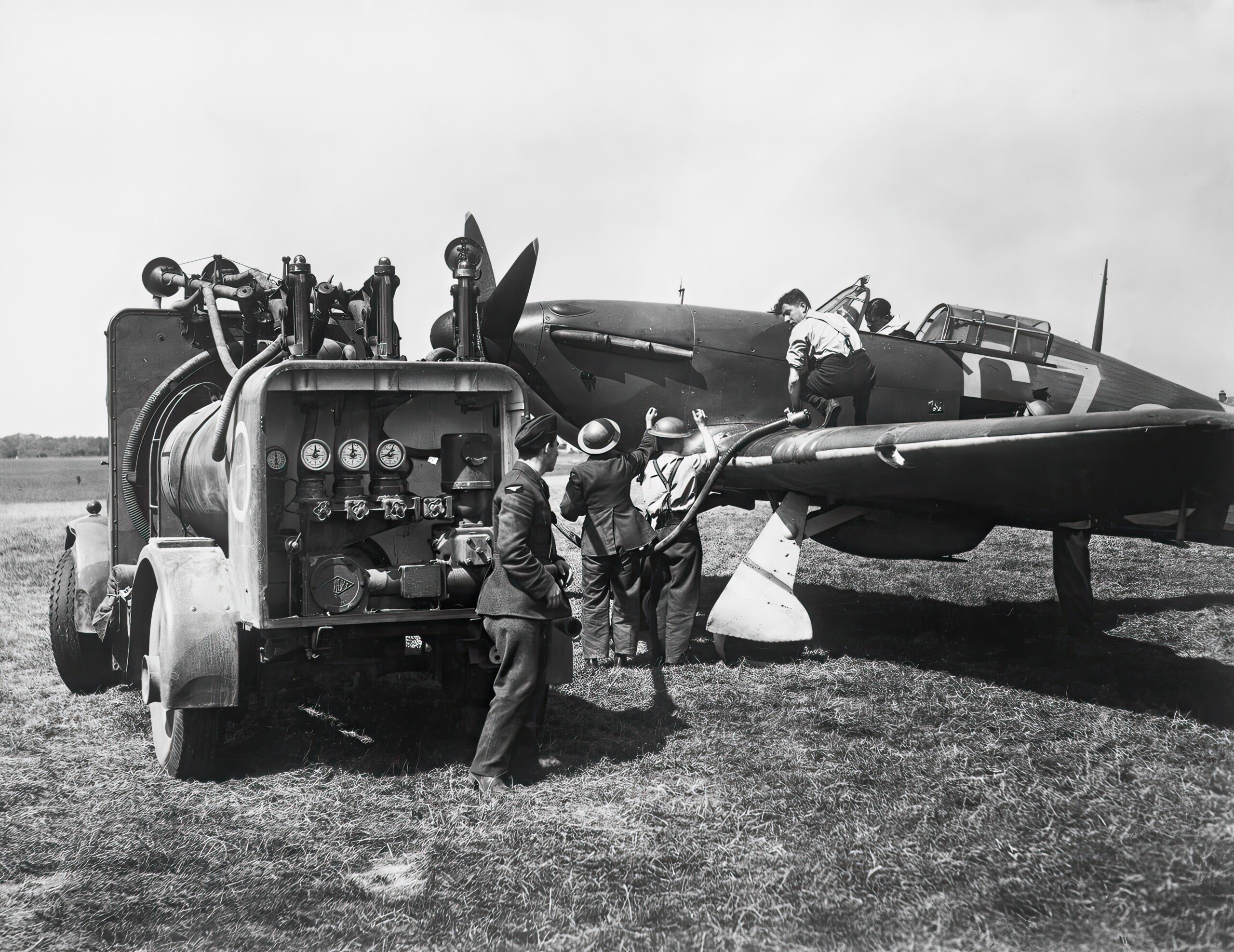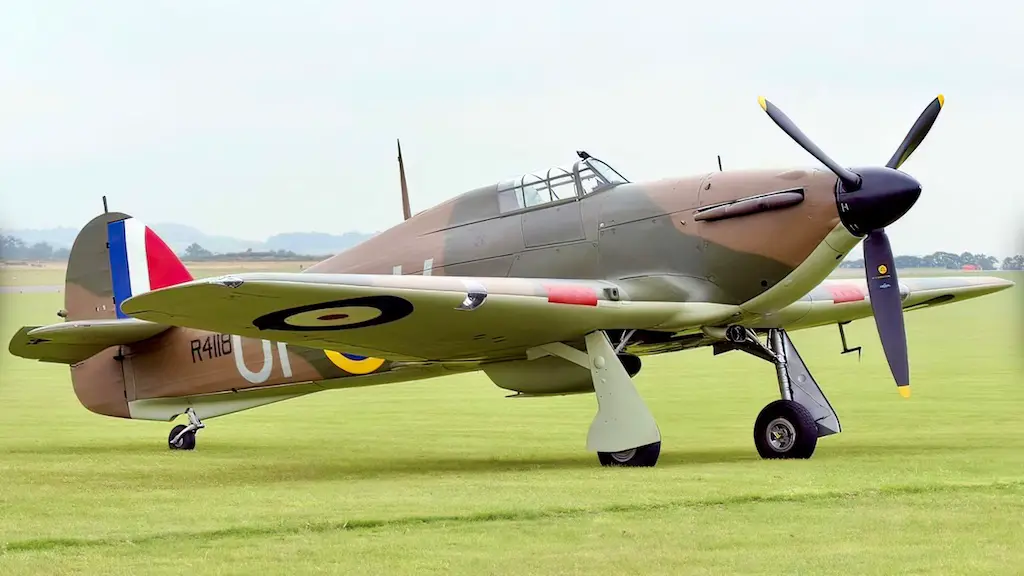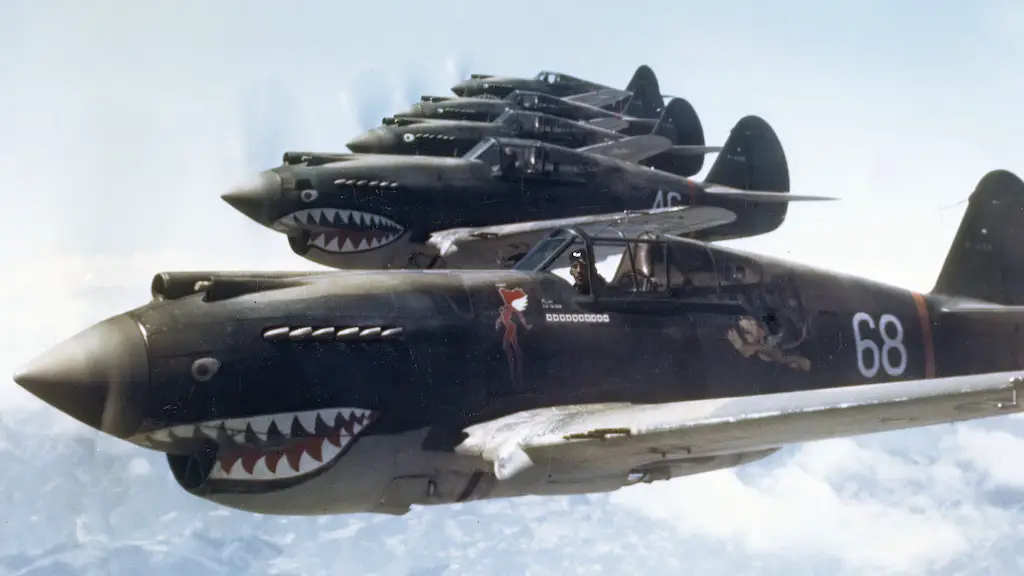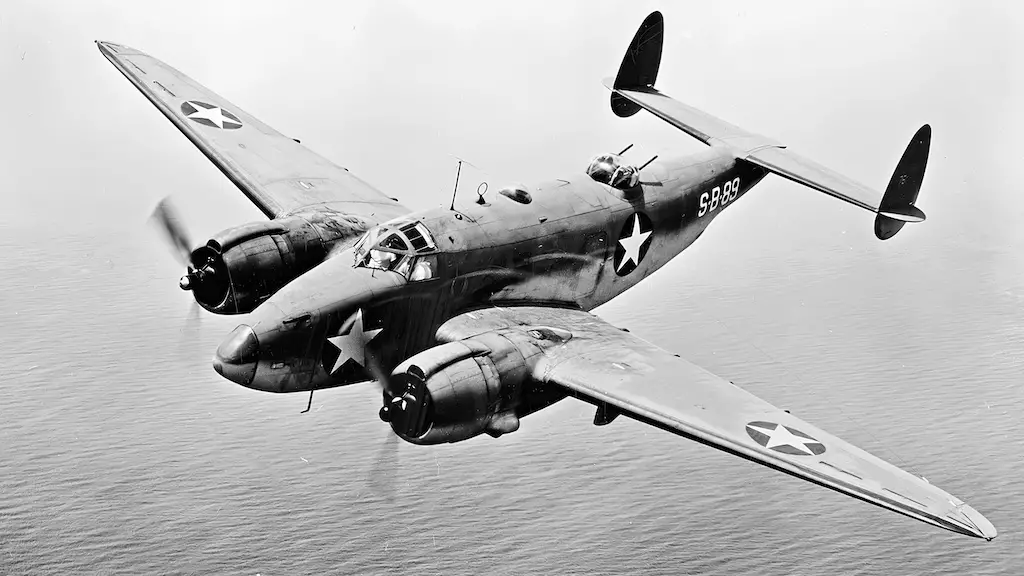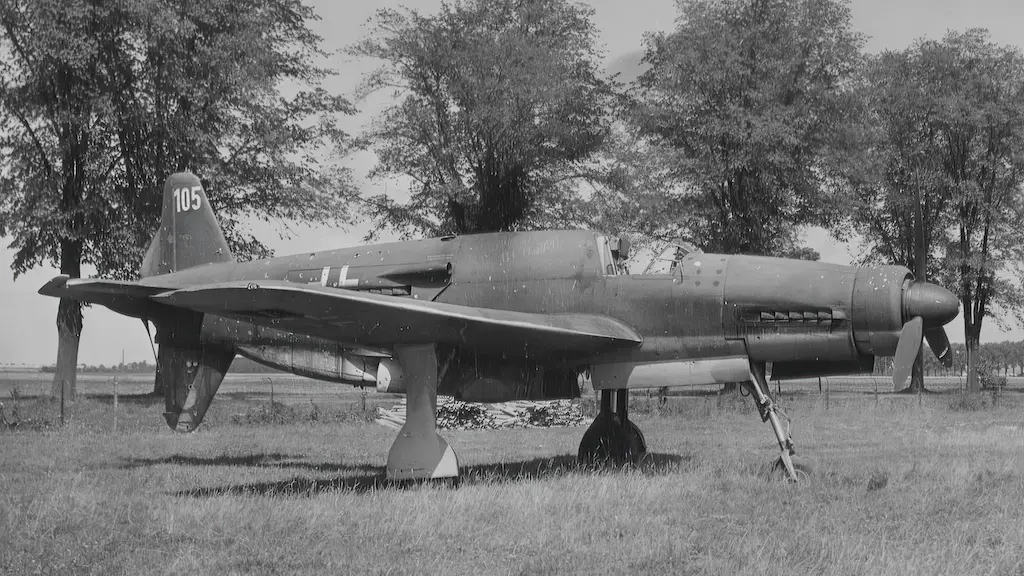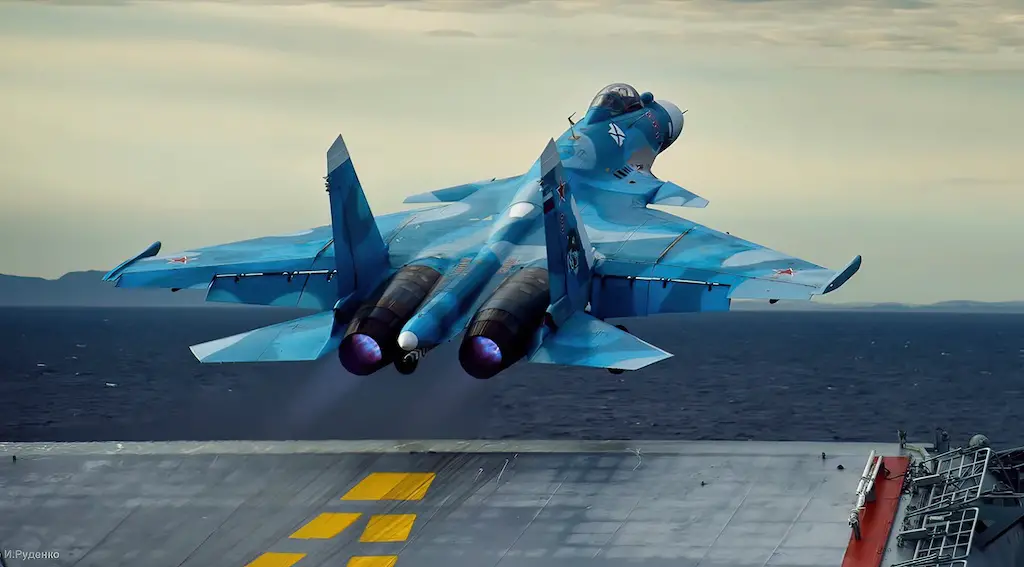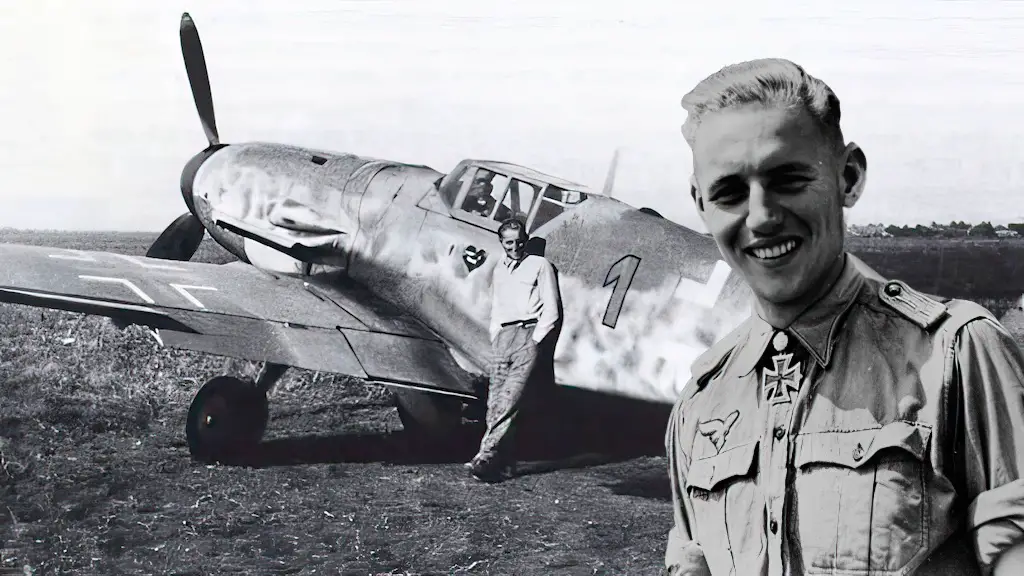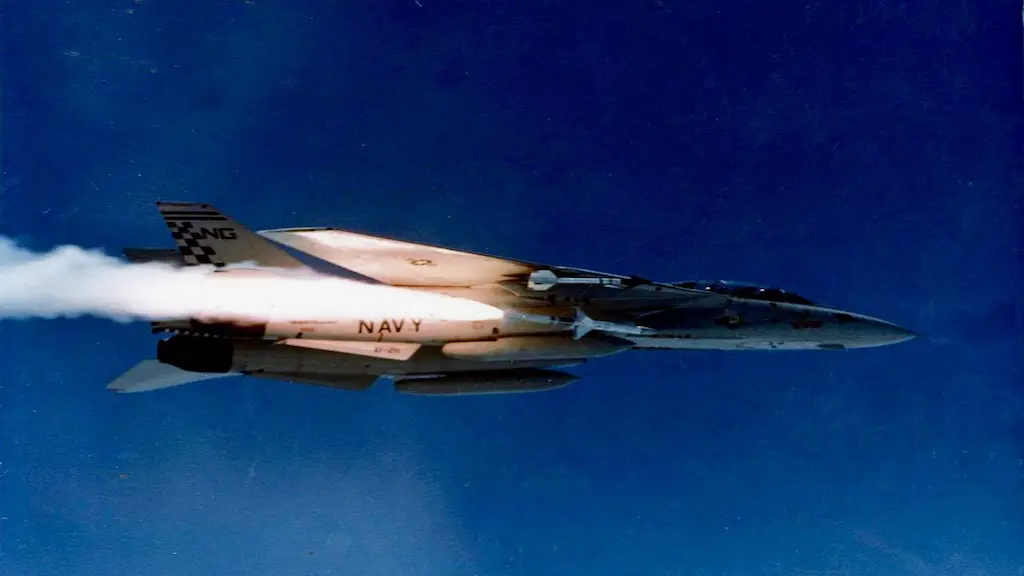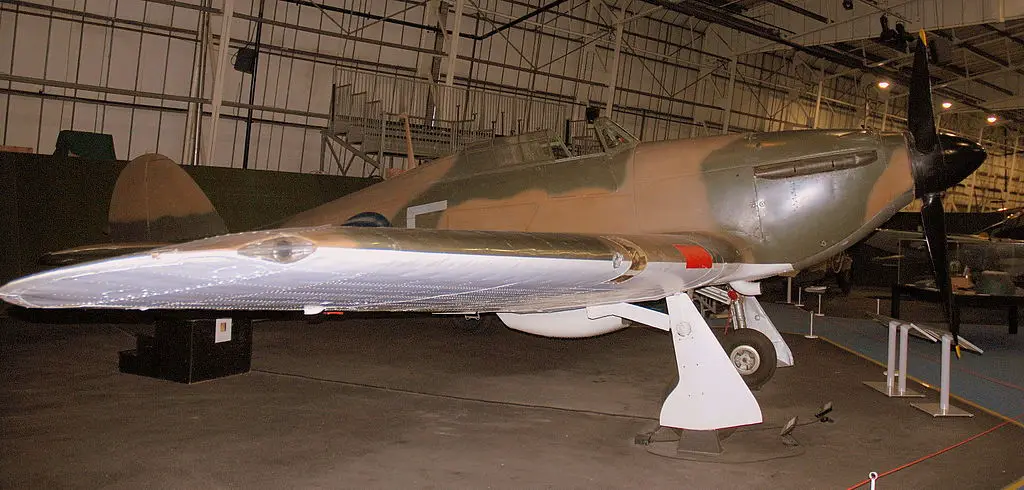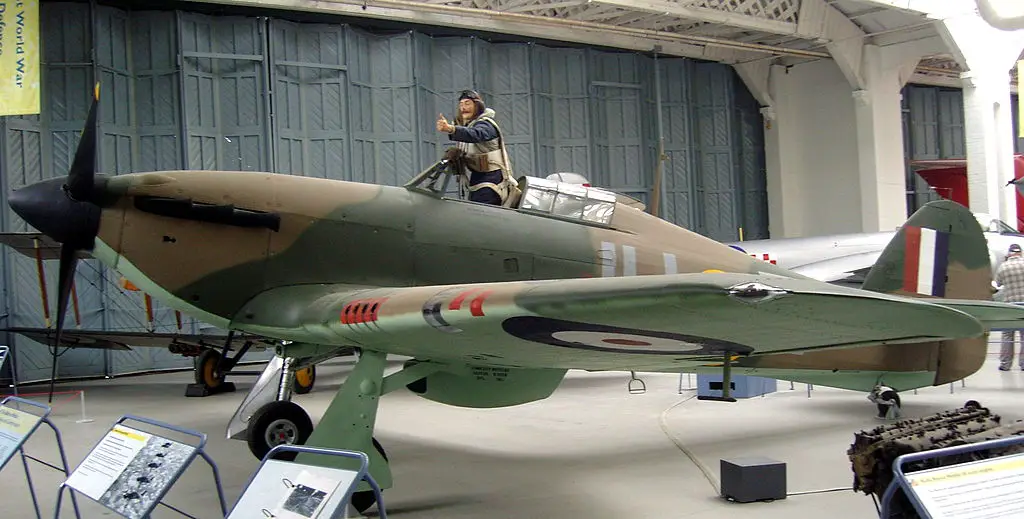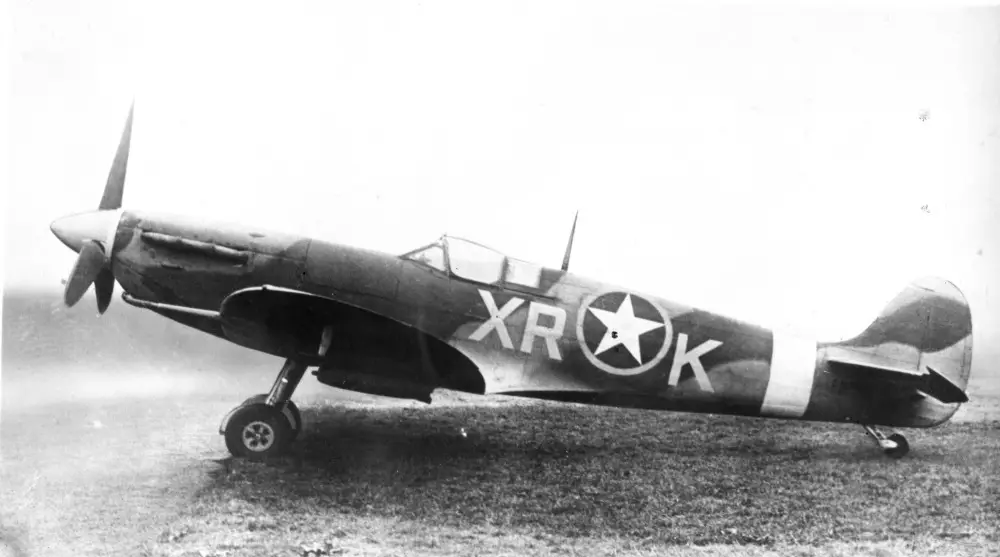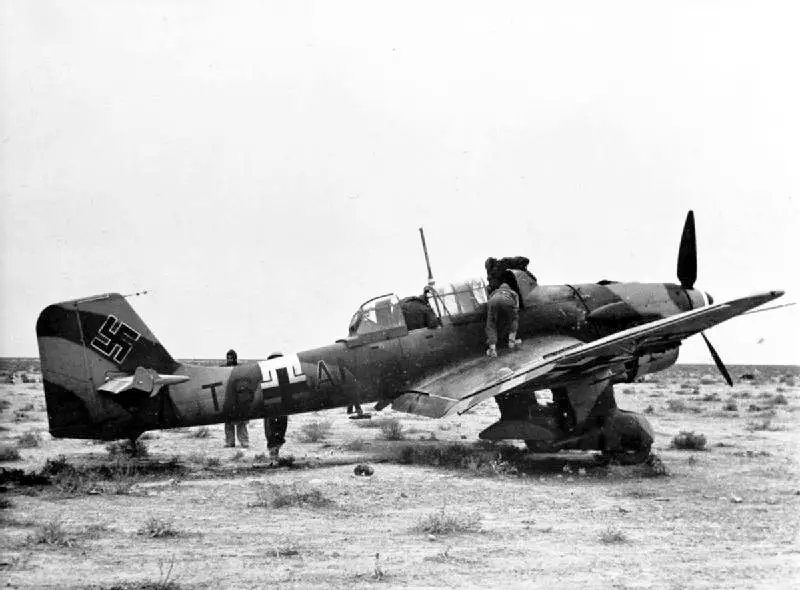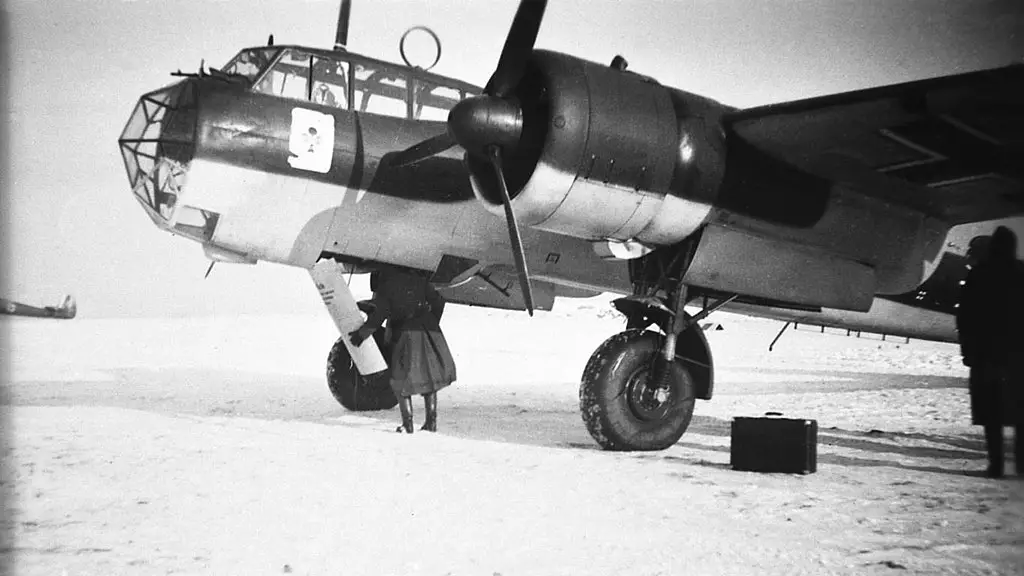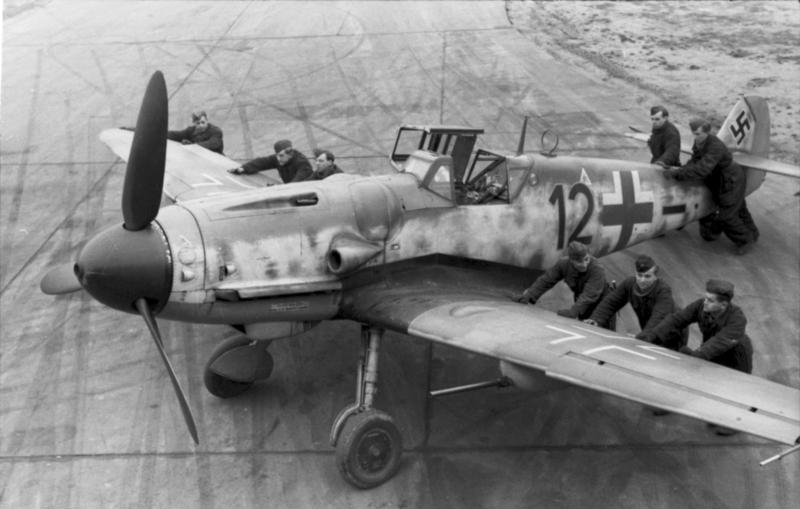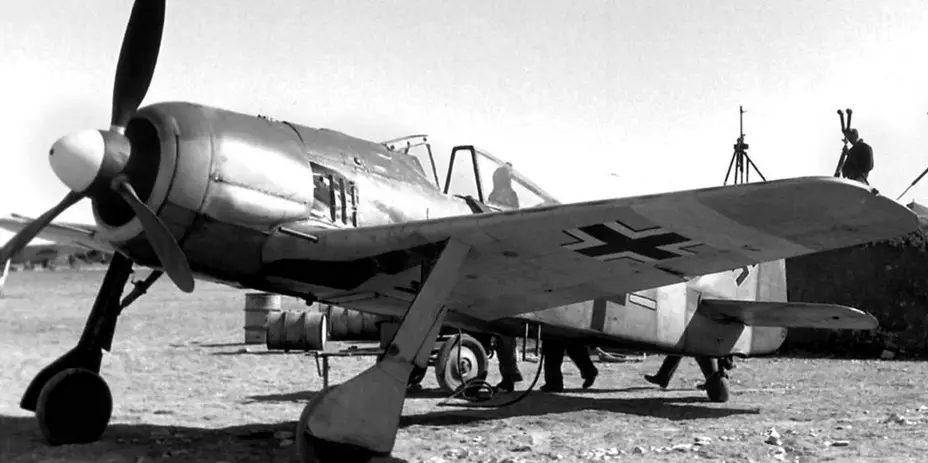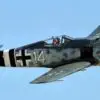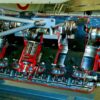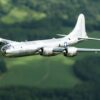In the annals of World War II, one fighter aircraft stands tall as an unsung hero – the Hawker Hurricane. Overshadowed by its more famous contemporary, the Supermarine Spitfire, the Hurricane played a crucial role in defending Britain during the Battle of Britain and beyond. This versatile and robust aircraft proved to be a decisive asset during the early years of the war, earning its place in history as a symbol of courage, resilience, and British engineering prowess.
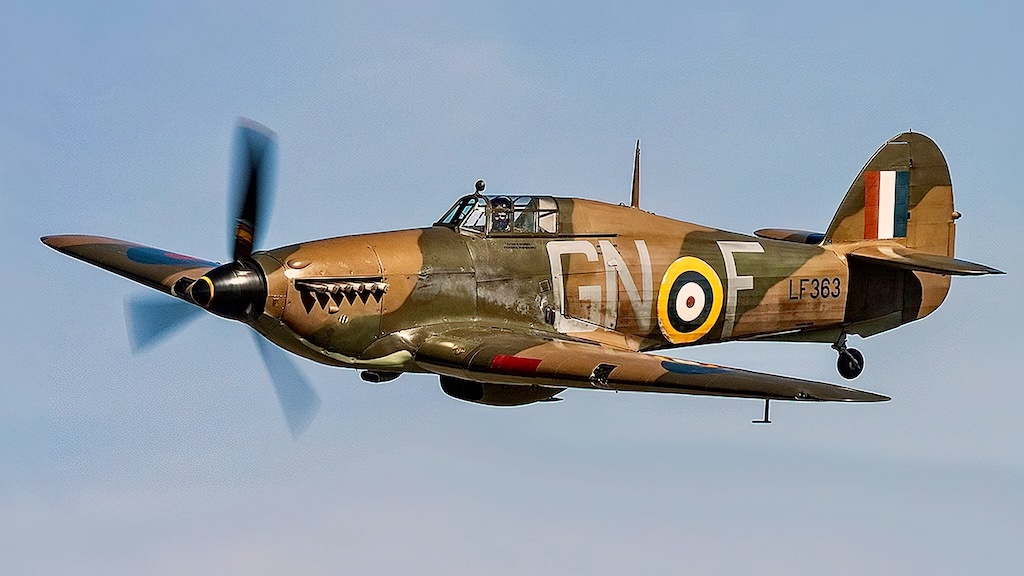
Design and Development:
The origins of the Hawker Hurricane can be traced back to the early 1930s when the British Air Ministry issued a requirement for a new monoplane fighter to replace the biplane fighters then in service. Designed by Sir Sydney Camm, the Hurricane first took to the skies on November 6, 1935. The Hurricane was a single-seat, all-metal monoplane equipped with eight .303-inch Browning machine guns. Its sturdy construction, featuring a fabric-covered fuselage, made it robust enough to withstand battle damage, which would later prove invaluable during the war.
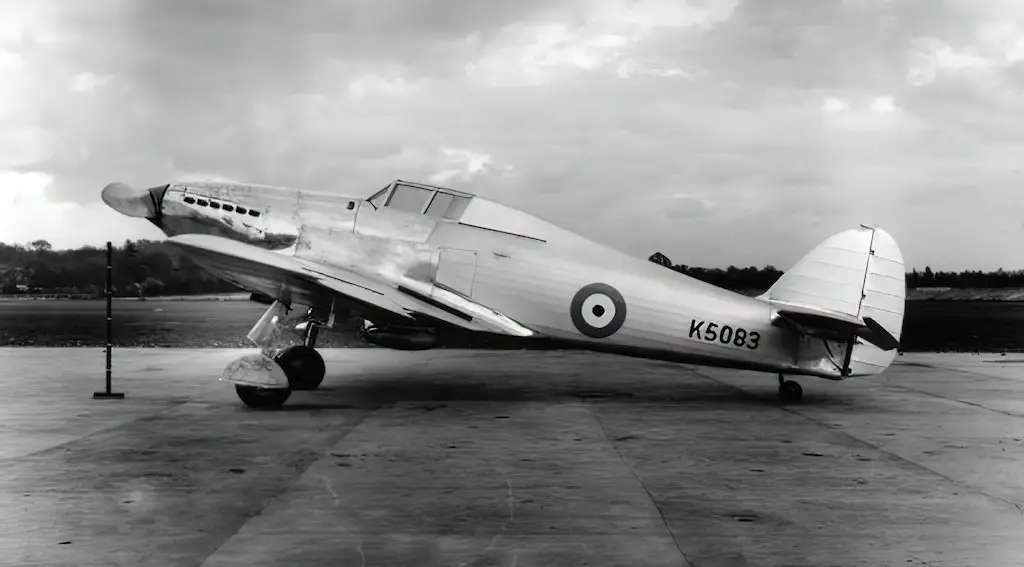
Role in the Battle of Britain:
The outbreak of World War II in 1939 brought the Hurricane into active service, and it soon found itself in the crucible of the Battle of Britain in 1940. Facing off against the German Luftwaffe, the Royal Air Force’s (RAF) Hurricanes, along with the Spitfires, bore the brunt of the defense against the relentless aerial onslaught.
The Hurricane’s combat capabilities were proven during this intense air campaign. It was particularly effective in engaging enemy bombers, earning a reputation as a “tank buster” due to its ability to take down heavily armored German bombers, such as the Junkers Ju 87 Stuka and Dornier Do 17. Though not as maneuverable as the Spitfire, the Hurricane’s ruggedness and firepower made it a stalwart defender of the British skies.
Global Deployment and Variants:
As the war progressed, the Hawker Hurricane’s impact extended beyond the shores of Britain. The aircraft was deployed to various theaters, including the Mediterranean, North Africa, and the Eastern Front, supporting British and Allied operations against Axis forces.
The Hurricane also underwent several upgrades and modifications during the war. The introduction of the Hurricane Mk II featured improved armament and a more powerful Merlin engine, enhancing its performance and firepower. Additionally, the Mk IIc variant, equipped with 12 Browning machine guns, was developed, further increasing its effectiveness in air-to-air combat.
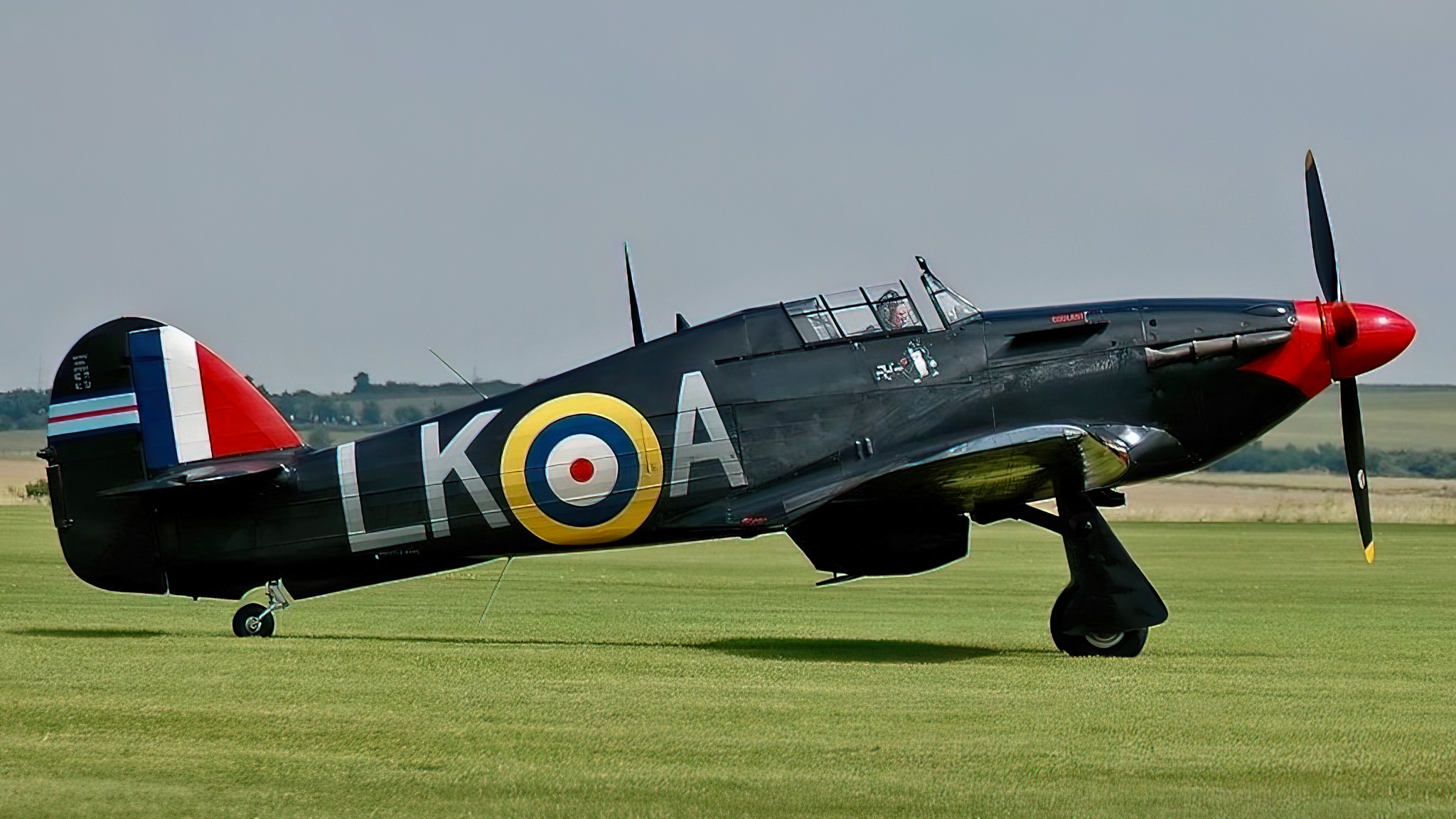
Beyond the Battle of Britain:
Despite its early success, the Hurricane began to face more advanced enemy aircraft as the war progressed. The introduction of the formidable German Messerschmitt Bf 109 and Focke-Wulf Fw 190 presented a significant challenge for the Hurricane.
However, the aircraft continued to serve in other vital roles throughout the conflict. It was utilized as a ground-attack aircraft, performing well in striking enemy ground positions and supporting ground forces during key campaigns, such as the North African and Italian campaigns.
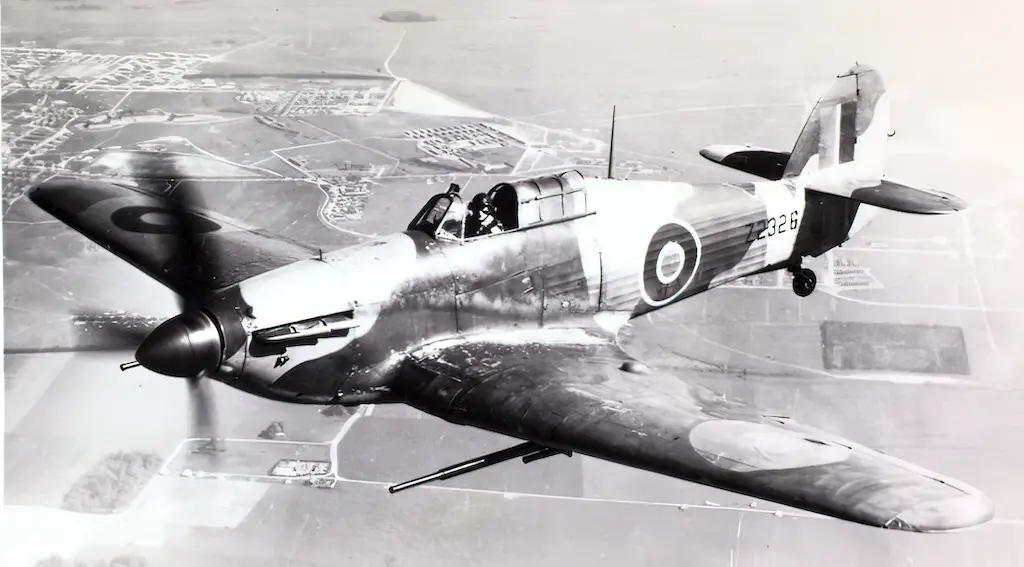
The Hurricane’s Legacy:
By the war’s end, the Hawker Hurricane had cemented its place as one of the most successful and important fighters of World War II. While the Spitfire often stole the limelight, it was the Hurricane that accounted for the majority of the RAF’s aerial victories during the Battle of Britain.
In total, over 14,000 Hurricanes were built, and they served with distinction in multiple air forces around the world. Post-war, some countries continued to use the Hurricane, and it remained in operational service until the 1950s.
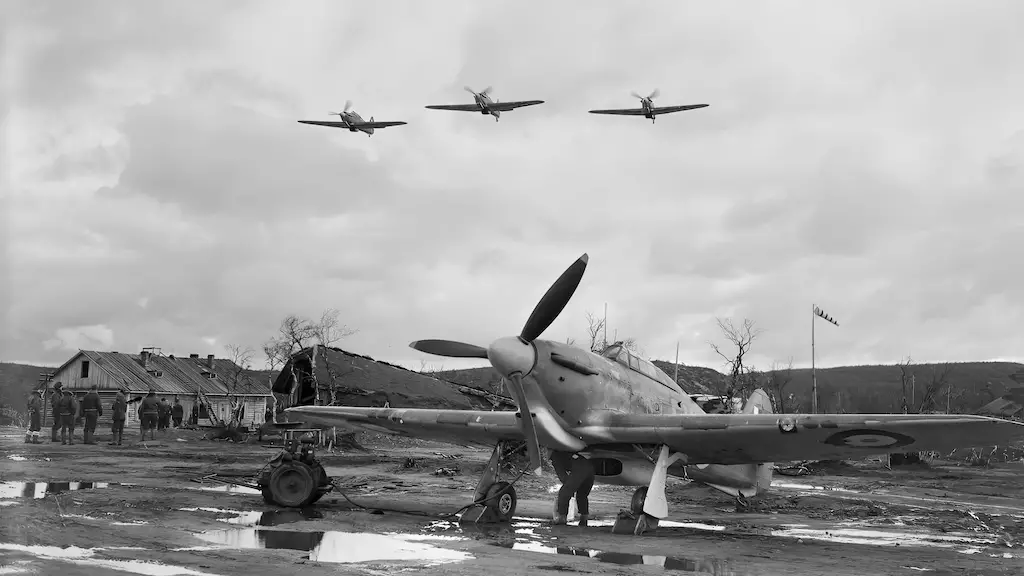
Indomitable workhorse:
The Hawker Hurricane was an indomitable workhorse, serving as the backbone of the RAF’s defense during the critical early years of World War II. Its resilience, firepower, and adaptability were instrumental in countering the Axis onslaught during the Battle of Britain and beyond. Though overshadowed by its more famous counterpart, the Spitfire, the Hurricane’s contribution to the war effort should never be forgotten. This remarkable aircraft and the brave pilots who flew it exemplified the unwavering spirit and determination of the Allied forces in their fight against tyranny and oppression. The Hurricane stands as a testament to the ingenuity of British engineering and the courage of those who defended freedom during the darkest days of the war.
